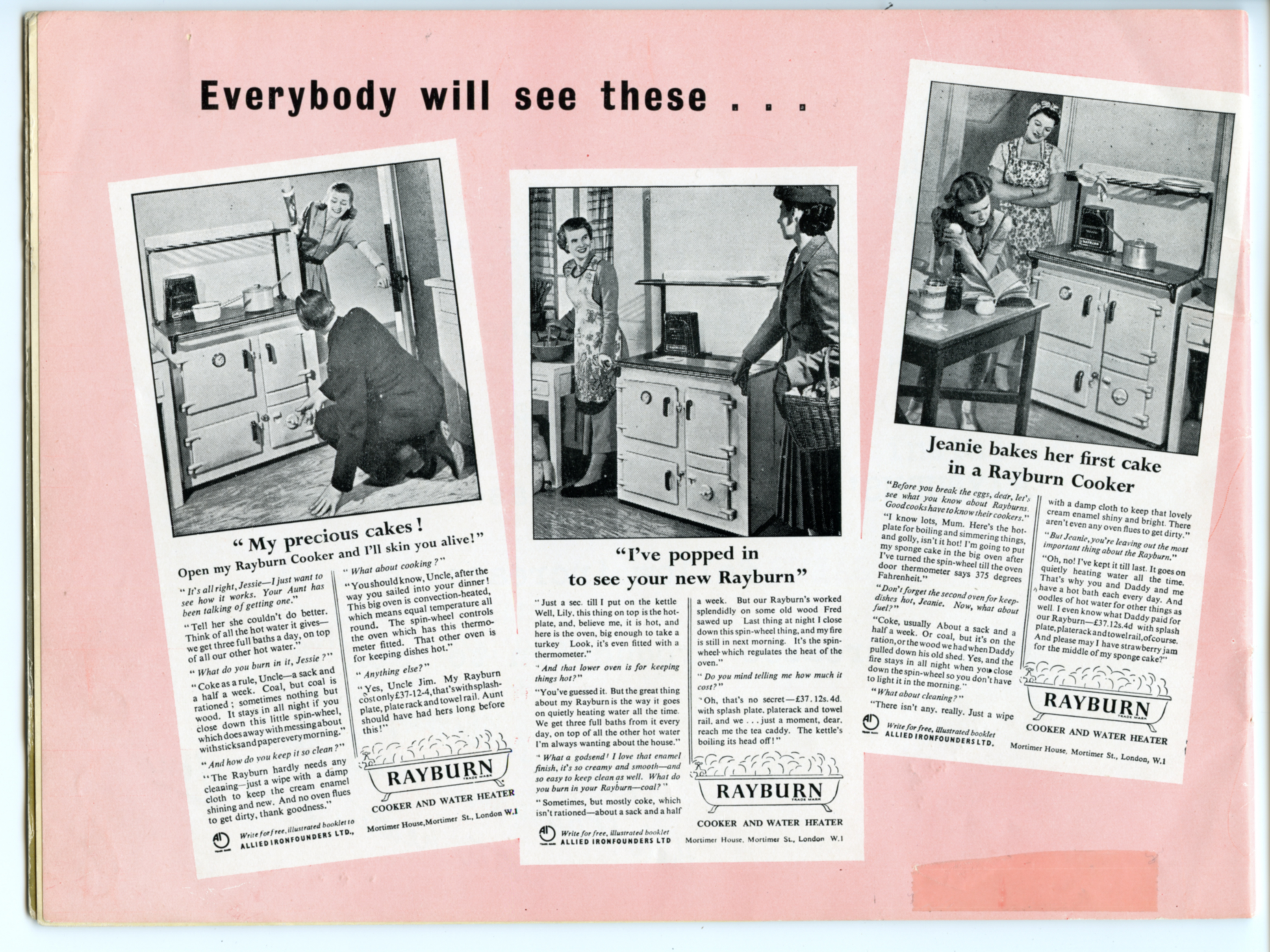This year the Rayburn turns 75 and we’re super excited to be celebrating its very special anniversary. It launched in 1946 as part of Britain’s effort to drive self-sufficiency after the war and remains a much-loved feature of kitchen life all these years later.
An early advertisement declared the Rayburn to be a ‘delight in the kitchen’ and ‘very handsome with its smooth surfaces and modern lines’. It’s a design that has stood the test of time and today’s Rayburn still looks remarkably similar to those produced just after the war. Today, however, models come in a host of colours, including the original cream, and benefit from up-to-the-minute technology too.

Loewy Associates, the UK’s first industrial design company, was commissioned to design the Rayburn. Run by Carl Otto – who was responsible for some of the 20th century’s most iconic industrial design for brands including Lucky Strike, Exxon, Shell and Greyhound – the firm knew exactly what was needed to create a cooker with real longevity. The look and feel of the Rayburn also had significant input from another creator of iconic designs – Douglas Scott, who was responsible for the Routemaster bus.

The Rayburn’s key features included a highly efficient fire box, meaning it could be relied on to provide great cooking and water heating capability and – importantly – could be plumbed into a central heating system. With the boom in post-war house building, these multi-purpose features made the Rayburn popular for both private and local authority housing. The original Rayburn cooker burned solid fuel, but today’s models can also run on oil or gas.
No one quite knows where the Rayburn – which was referred to as Cooker X during its development – got its name from. There was speculation it might have been named after Dr John Raeburn, a high-profile part of the wartime Dig for Victory campaign, but the 1982 book Dictionary of Trade Name Origins by A. Room, seems to have discounted this theory instead saying the name was introduced at the instigation of W. T. Wren, the managing director of Allied Ironfounders, who first produced the cooker. Apparently, he took it from an American friend, a Mr Rayburn, whose name he felt was doubly appropriate for an appliance that both cooked the food and warmed the kitchen.
Early advertisements for the Rayburn cooker were created by advertising agency Mather and Crowther, working closely with advertising guru David Ogilvy, widely credited for being the inspiration for TV’s Mad Men. Ogilvy had worked closely with AGA, which was part of the same group as Rayburn, and had famously written the sales strategy for the company, which included lines such as: “The good salesman combines the tenacity of a bulldog with the manners of a spaniel. If you have any charm, ooze it".

On reviewing this document in 1962, when he was head of Ogilvy and Mather and nicknamed the ‘King of Madison Avenue’, Ogilvy concluded it showed two things: “At 25 I was remarkably clever and I have learnt nothing new in the last 27 years.”
The Rayburn went from strength to strength and for seven-and-a-half decades has been at the heart of many homes. Its iconic design, reliability and flexibility make it the perfect choice for those who love great food and appreciate a cosy home with lashings of hot water.
Rather than a dull white box, the Rayburn could easily be described as the world’s most beautiful boiler and, with a choice of cooker only models, cooking and hot water or cooking, hot water and central heating models, a Rayburn can provide a solution for all your heating and cooking needs in one cast iron appliance. If it’s just a cooker that’s required, there are models that do just that and nothing else.
And with various sizes, fuel types and colours to choose from, the modern Rayburn is perfect for life in today’s kitchen.











